Museum display cases with drawers
Museum display cases with drawers are a specialized type of display case that combines traditional exhibition space with storage compartments in the form of drawers. These cases offer several advantages, including enhanced accessibility, additional storage capacity, and improved organization of exhibited objects. Here are some key features and considerations related to museum display cases with drawers:
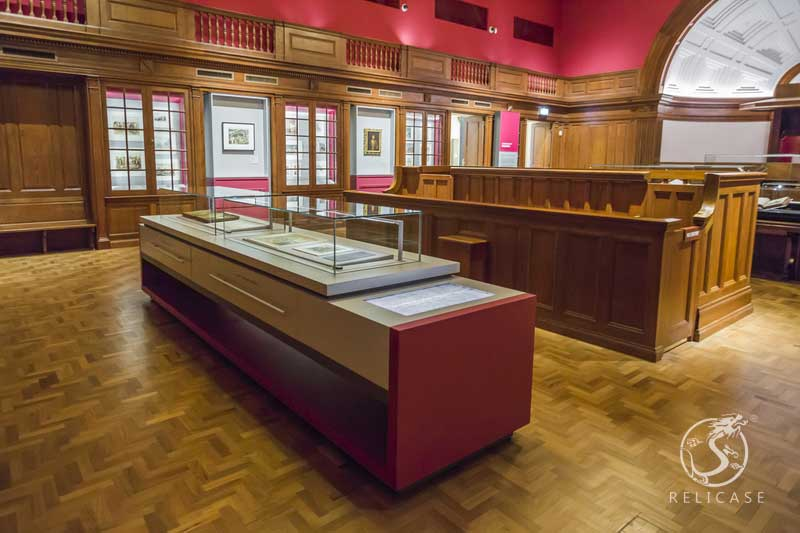
Storage and Organization: The inclusion of drawers in the display case design allows for efficient storage of objects that are not currently on exhibit. These drawers can be used to house additional artifacts, related materials, documentation, or any items that are part of the collection but not on immediate display. The drawers can be customized with dividers, foam inserts, or padding to protect and organize the stored items.
Accessibility: Museum display cases with drawers provide convenient access to the stored objects. Curators, researchers, or exhibition staff can easily retrieve items from the drawers without disrupting the displayed artifacts. This feature is particularly useful for rotating exhibits, loaned items, or collections with a large number of objects.
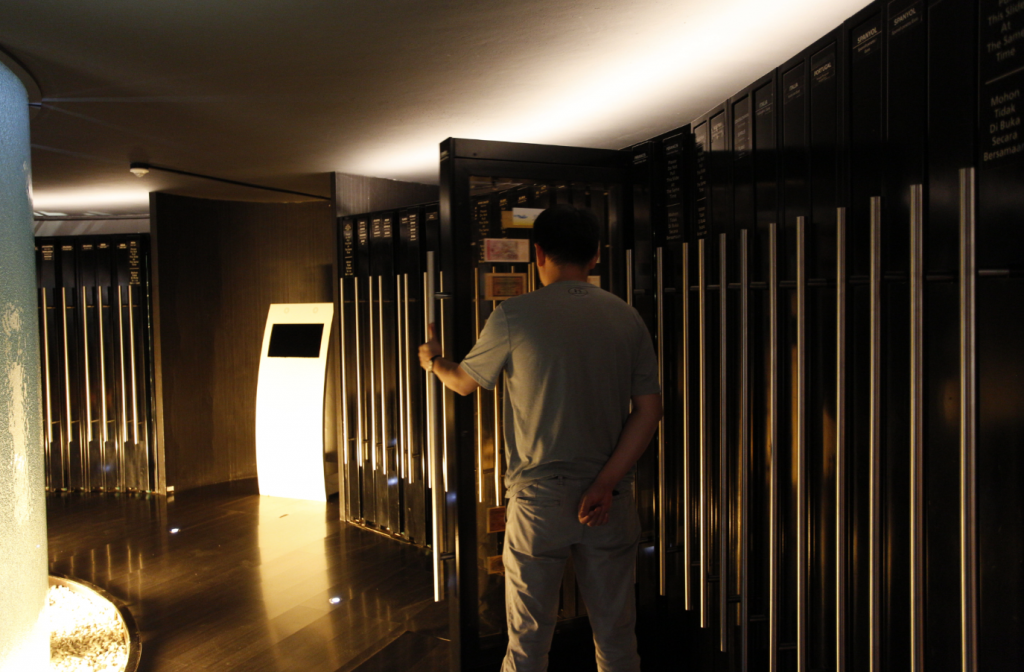
Integrated Design: Display cases with drawers are often designed to seamlessly integrate the exhibition area with the storage compartments. The drawers can be concealed within the case, maintaining a clean and unified appearance. The transition between displayed objects and stored items is smooth, allowing for a visually appealing and organized presentation.
Security: Just like standard display cases, those with drawers can be equipped with security features to protect the exhibited and stored items. Locking mechanisms can be installed to restrict access to the drawers, ensuring that only authorized personnel can handle the stored objects. Additional security measures, such as alarms or surveillance systems, may also be incorporated based on the level of protection required.
Customization: Museum display cases with drawers can be customized to meet specific needs and exhibit requirements. The size, number, and arrangement of drawers can be tailored to accommodate various objects and collections. The materials used for the case construction, such as glass, acrylic, or metal frames, can also be chosen to complement the overall design and aesthetic.
Conservation Considerations: When using display cases with drawers, it’s important to consider conservation requirements. The materials used for the drawers should be archival-grade or chemically inert to prevent any potential damage or deterioration to the stored objects. Controlling environmental factors within the drawers, such as temperature, humidity, and light exposure, may also be necessary to ensure the long-term preservation of the collection.
Museum display cases with drawers offer a versatile solution for exhibiting and storing objects in a single integrated unit. They provide efficient organization, easy accessibility, and enhanced security, allowing museums to optimize their storage space and create dynamic displays that engage visitors.
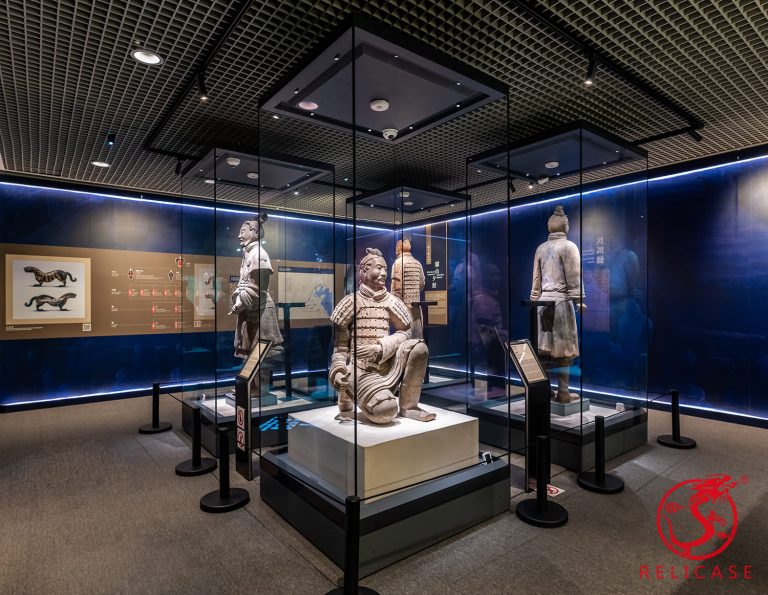
Relicase at Macau Museum: Safeguarding Heritage, Celebrating Legacy
Macau Museum: “Edification of the Masses — Cultural Treasures from the Zhou, Qin, Han, and Tang Dynasties” A Landmark Embraces Innovation The Macau Museum stands proudly atop the historic Mount Fortress, next to the famous Ruins of St. Paul’s. As an iconic symbol of Macau’s history and multicultural heritage, it now embraces the touch of…
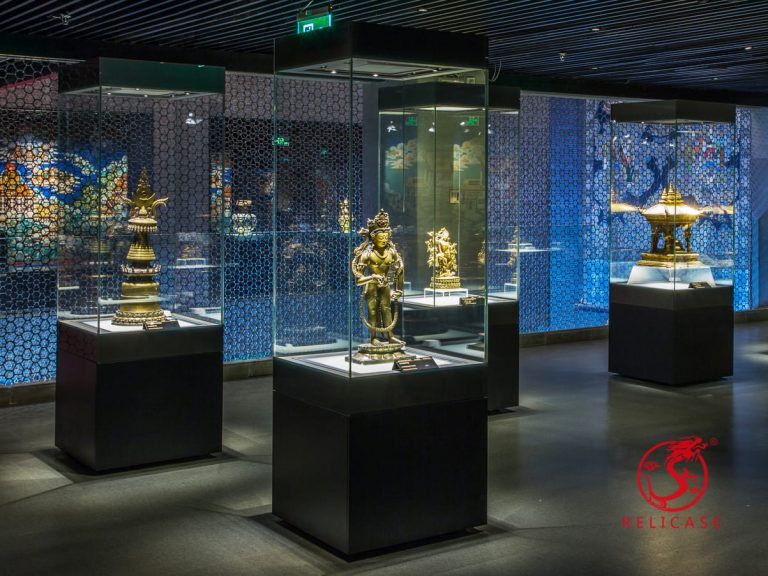
Potala Palace
Abstract On April 26, 2017, Relicase completed the showcase project for the Treasure Hall of the Potala Palace in Tibet. The Collections Hall spans three floors and is divided into two major sections, showcasing a total of 273 individual artifacts and replicas, as well as 155 sets of artifacts (or 159 sets, including 147 sets…
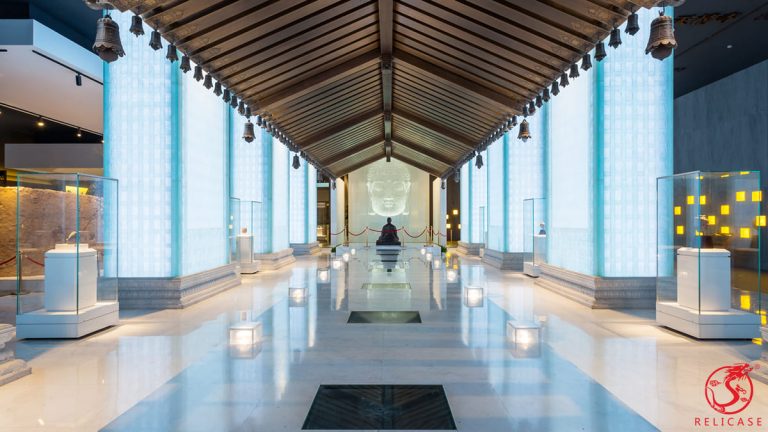
Porcelain Tower of Nanjing
Abstract The Porcelain Tower of Nanjing, named and constructed by Emperor Yongle of the Ming Dynasty to honor his parents’ boundless love and virtue, stands as a symbol of filial piety. Celebrated in Du Mu’s poetic lines, “Four hundred and eighty temples of the Southern Dynasties, how many pavilions linger in the mist and rain,”…
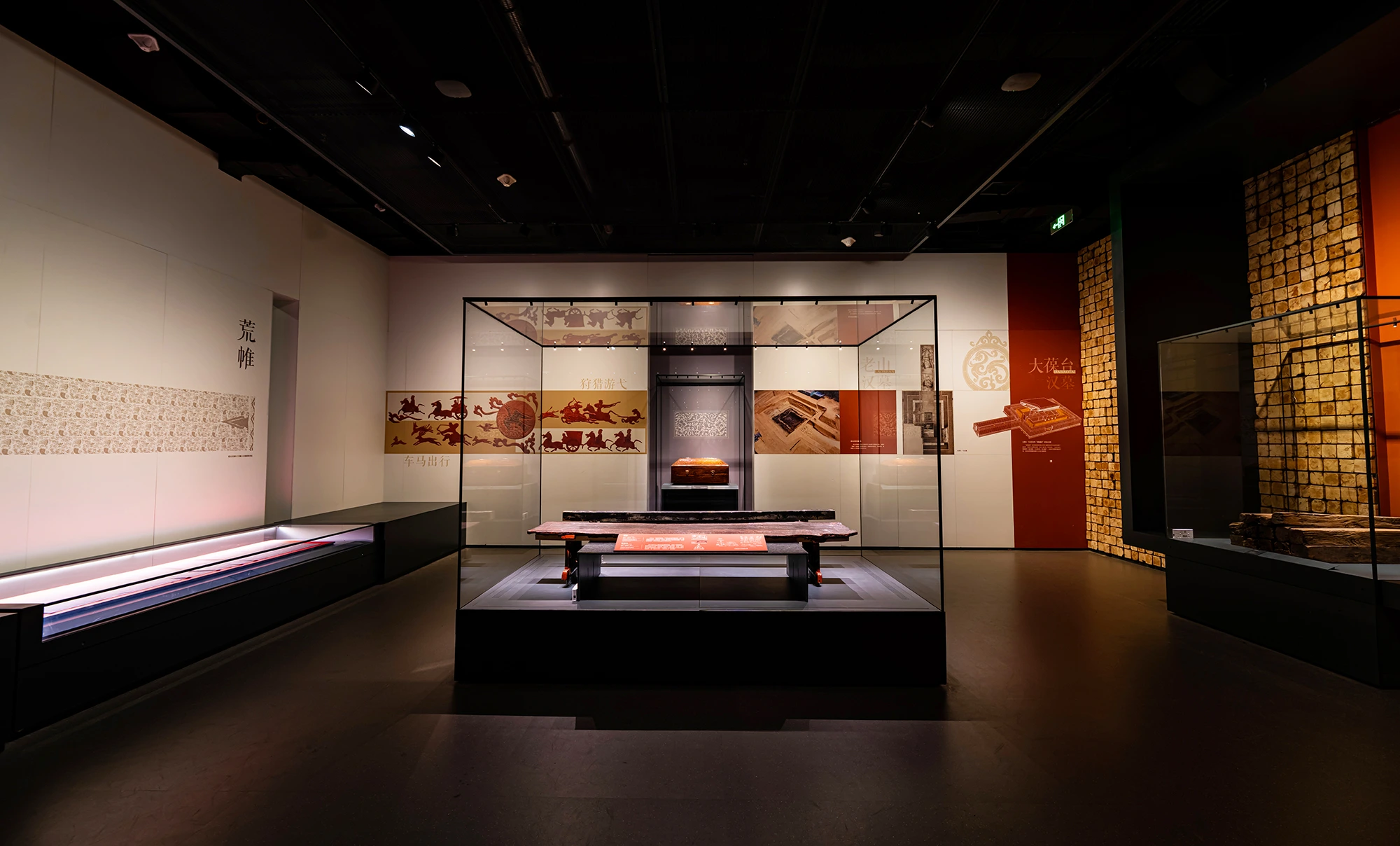
The basic guide to Museum Showcase Glass
As museums continue to modernize, the glass used in display cases has undergone a remarkable transformation to meet ever-evolving requirements for safety, visibility, and artifact preservation. The shift from basic transparent materials to specialized, high-performance glass highlights the strides made in exhibition technology. The Journey of Museum Showcase Glass Historically, glass in museum showcases was…
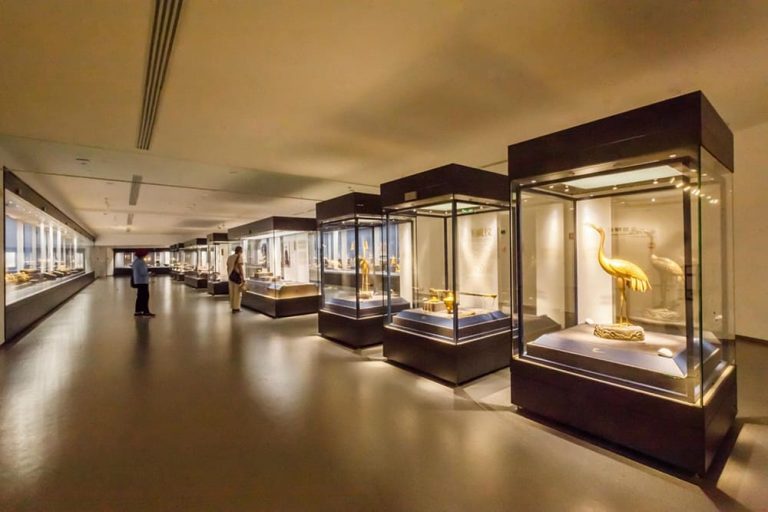
How to Design Lighting for Museum Display Cases
Museum display cases are freestanding, touchable structures. To comply with engineering safety standards, the lighting inside these cases should operate on low-voltage input. Relicase, in line with national standards, ensures the display cases they manufacture meet the following specifications: 1. Protective or isolating measures must be in place between the lighting fixtures and the display…

Display Case Project Research: French Pavilion Shanghai Expo 2010
Project Introduction Architect: Jacques Ferrier Architectures Scenography Engineering: Scenos-associes Vitrines Design: Scenos-associes Vitrines Fabricate & Installation: Relicase Originally constructed as a train station for the 1900 World Fair, the Musée d’Orsay is situated in Paris on the left bank of the Seine River. It has served as a hotel, auction house, and post office for…
